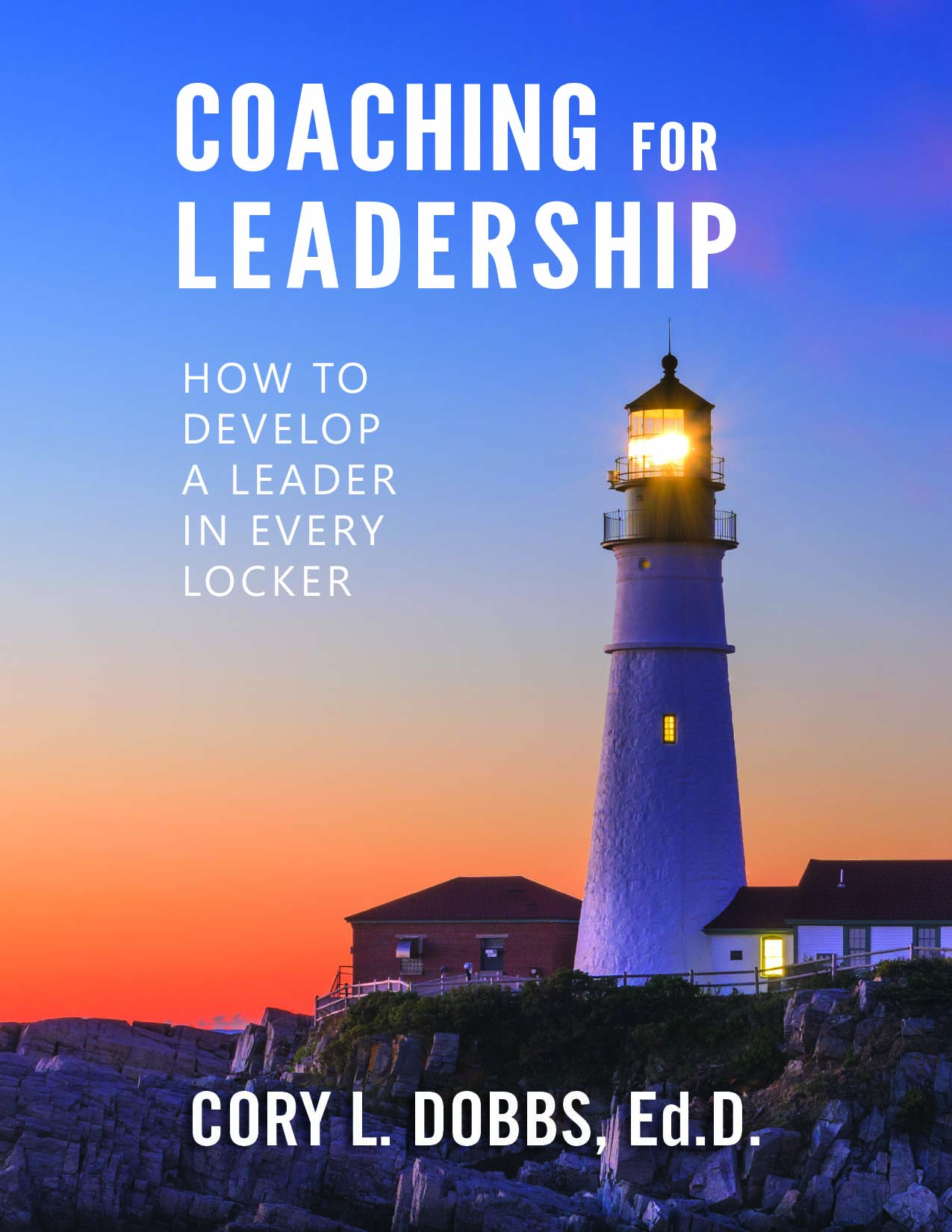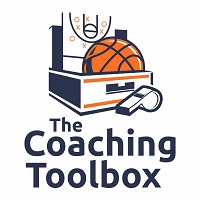by Cory Dobbs, Ed.D., The Academy for Sport Leadership
In 1953 New Zealand mountaineer Sir Edmund Hillary and his Nepalese Sherpa Tenzing Norgay reached the summit of Mount Everest—the first to do so. Conquering Everest was and is one of man’s greatest challenges. The grinding mental, emotional, and physical aspects of the climb along with intellectual problem-solving are the heart of the challenge.
In 1996, Rob Hall and Scott Fischer led a commercial expedition team attempting to climb Everest. Hall and Fischer were considered expert climbers, both having scaled the summit of Everest. The two highly talented climbers were hired by a motley crew of inexperienced hikers who made the trek to Nepal to attempt the climb under the guidance of the esteemed Hall and Fischer.
Jon Krakauer, a journalist, was a member of the climbers joining Hall’s team. As it turned out, Krakauer ended up chronicling a tragic expedition in which five people lost their lives, including Hall and Fischer.
The two leaders, very experienced and somewhat arrogant, “rightfully” behaved authoritatively. Both Hall and Fischer issued and demanded adherence to their rules for a safe and successful climb. Krakauer recorded a self-confident Hall reminding his team “I will tolerate no dissension up there. My word will be absolute law, beyond appeal.”
One team member recalled, “Rob had lectured us repeatedly about the importance of having a predetermined turnaround time on summit day…and abiding by it no matter how close we were to the top.”
Knowing the descent from the summit to be perilous, the leaders invoked a two o’clock rule. The Sherpa’s, guides and clients all understood that if a climber had not reached the top by two o’clock in the afternoon of “summit day” they were to obey the order and turn around and abandon their bid for the summit. Yet Hall and Fischer would go on to ignore the safe-guard and not retreat down the slopes upon the clock hitting two.
Fischer kept climbing, though exhausted and suffering tremendously, touching the top at 3:45. He continued to climb, every step perilous to his declining health, though he would never let any of his team to do so under similar conditions.
Krakauer’s book of the expedition, Into Thin Air, exposes the autocratic nature of Hall’s leadership. Hall had a pecking order and no one was to question his decisions. As Krakauer recorded, “Passivity on the part of the clients had thus been encouraged throughout the expedition.” And the Sherpas and guides too were afraid of Hall’s rebuke, unsure of the consequences of displeasing him.
The Idiosyncratic knowledge and unique skills of Hall and Fisher were not enough to overcome the blizzard they encountered on their way back to Camp IV. Having scaled Everest they were in grave trouble.
The vulnerabilities inherent in self-reflection lead us to develop mechanisms to bypass or minimize the embarrassment or threat that we might experience when we scrutinize our thoughts, feelings, and actions. My sense is that both Hall and Fischer never really had to answer to anybody but themselves, believing self-reflection to be something for the other guy. After all, why do you need to question your assumptions and behaviors if you’re successful? And the more successful, the less likely you are to self-reflect. Bragging of their conquests and boasting about their track records led them to believe they were above their own rules—those were for the novice.
I’ve seen it time and time again, coaches that dismiss the practice of self-reflection tend to create cultures that turn out to have unintended and unpredicted side effects that degrade the environment. These coaches fail to recognize or respond to value conflicts, often violating their own standards. It is striking that many coaches choose to overlook the practice of self-reflection.
Thankfully what you do is not a matter of life and death. However, deep inside your coaching bubble you might just find walking your talk difficult at times. Contrary to the popular thought that all coaches are grounded in reality, it ain’t always so. Like Hall and Fischer we all have times we simply ignore our rules.
Here’s where the rubber meets the road: the following seven questions require you to turn off the noise for fifteen minutes daily and sink your mind into your walk and your talk for the day. If you are serious about self improvement, just like you ask your student-athletes to be serious about improvement, then adopt this process as a daily routine. Learning to lead ourselves, just like leading others, is a truly a life-time project—our own Mt. Everest. My guess is that after a solid month of performing this after action reflection you’ll seamlessly work your way into doing reflection-in-action. Remember, reflection is all about growth and development—yours and your players.
Daily Self-Reflection Questions
What did I say I would do today that I didn’t do?
What did I do today that will affect team cohesion? (positive and / or negative)
How did I relate to the players today?
What did I do today that is not something I’m proud of doing?
How did I lead the players today? Coaches?
How did I follow the players today? Coaches?
Based on what I learned today, what will I do tomorrow?
“Tell me and I’ll forget. Show me and I may remember. Involve me and I will care.” -Your Student-Athlete The world of coaching is changing. In Coaching for Leadership you’ll discover the foundations for designing, building, and sustaining a leadership focused culture for building a high-performance team. To find out more about and order Sport Leadership Books authored by Dr. Dobbs including Coaching for Leadership, click this link: The Academy for Sport Leadership Books
About the Author
Dr. Cory Dobbs is a national expert on sport leadership and teambuilding and the founder of The Academy for Sport Leadership. A teacher, speaker, consultant, and writer, Dr. Dobbs has worked with professional, collegiate, and high school athletes and coaches teaching leadership as a part of the sports experience. He facilitates workshops, seminars, and consults with a wide-range of professional organizations and teams. Dr. Dobbs previously taught in the graduate colleges of business and education at Northern Arizona University, Sport Management and Leadership at Ohio University, and the Jerry Colangelo College of Sports Business at Grand Canyon University.









